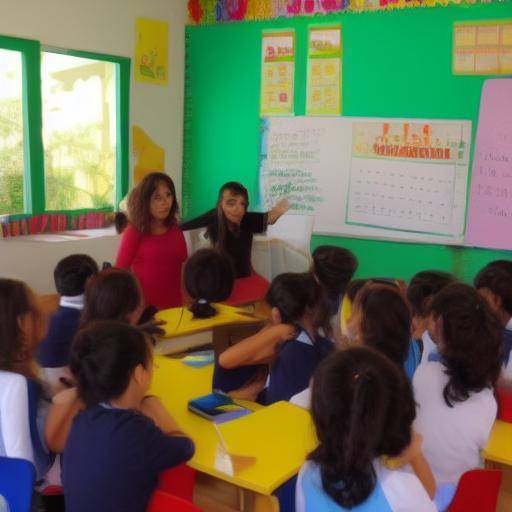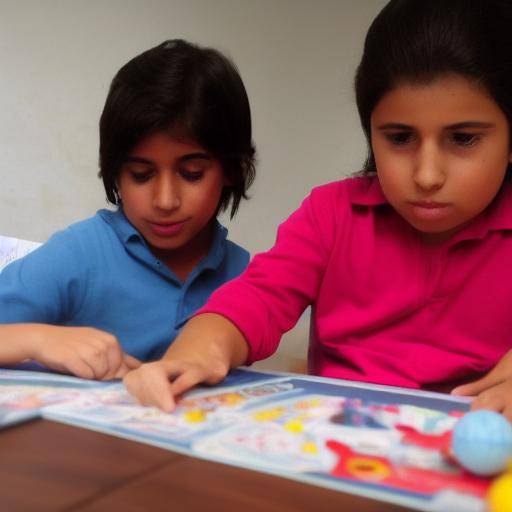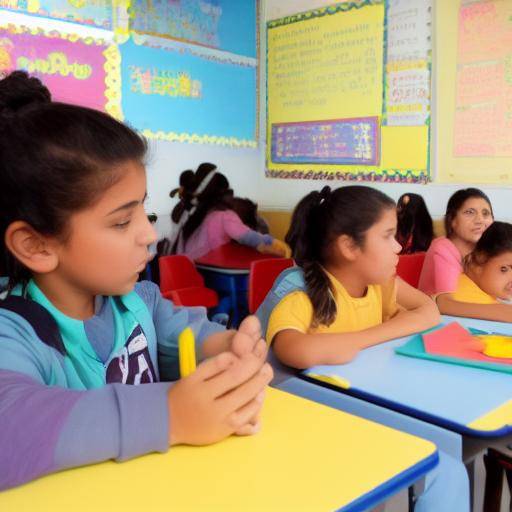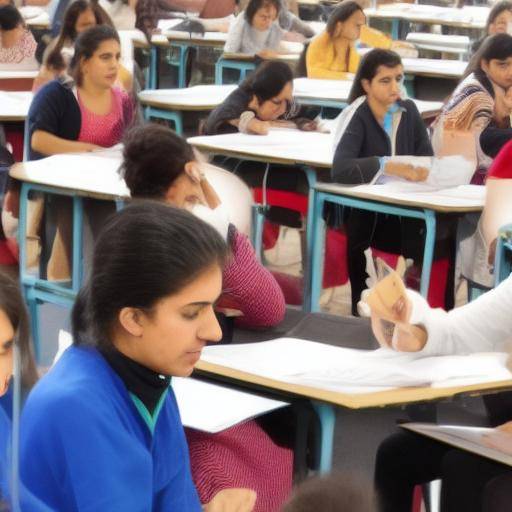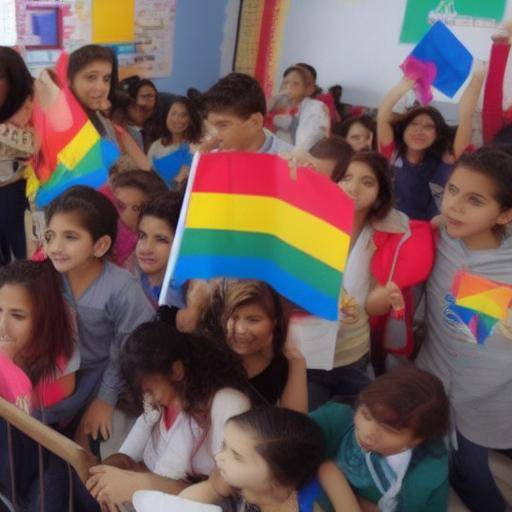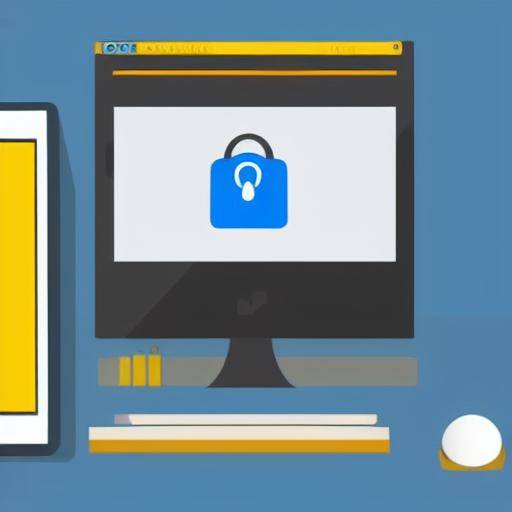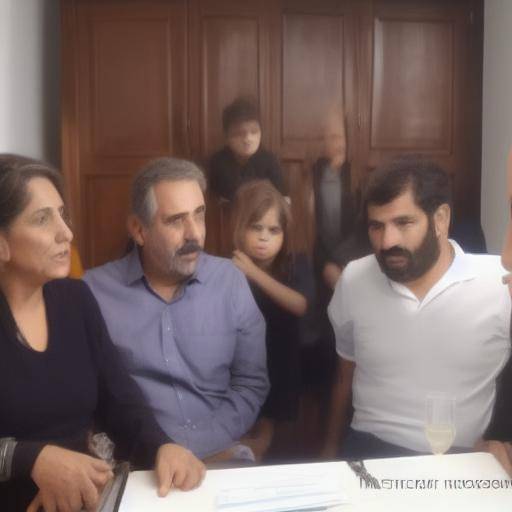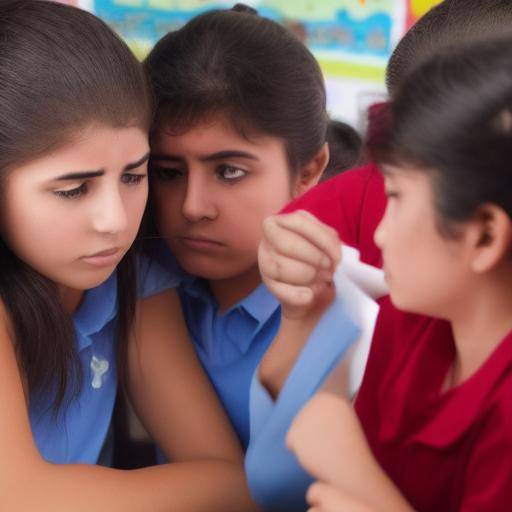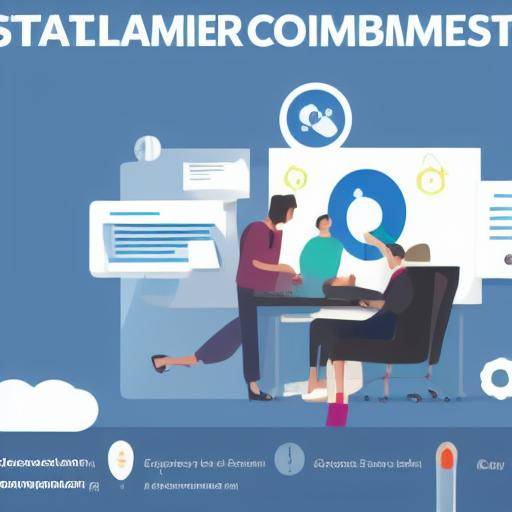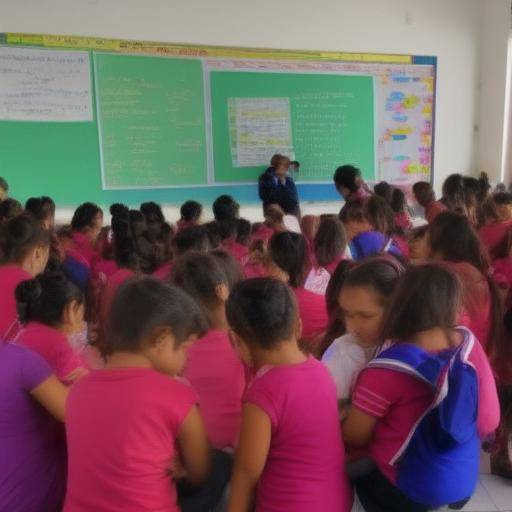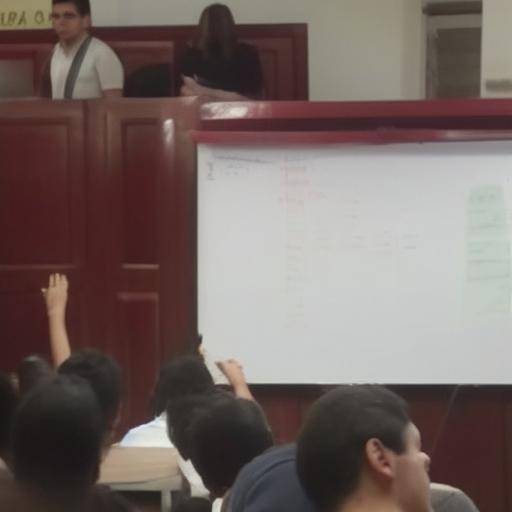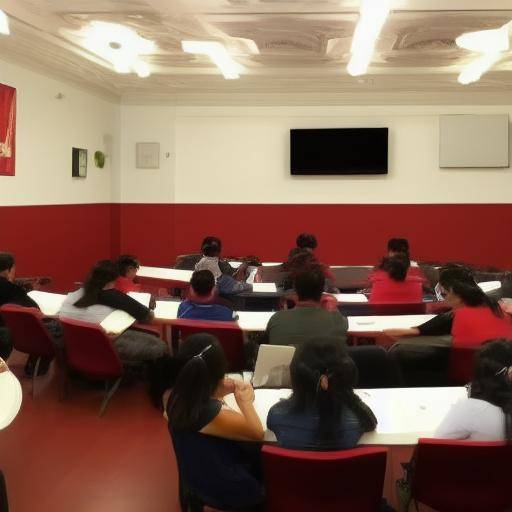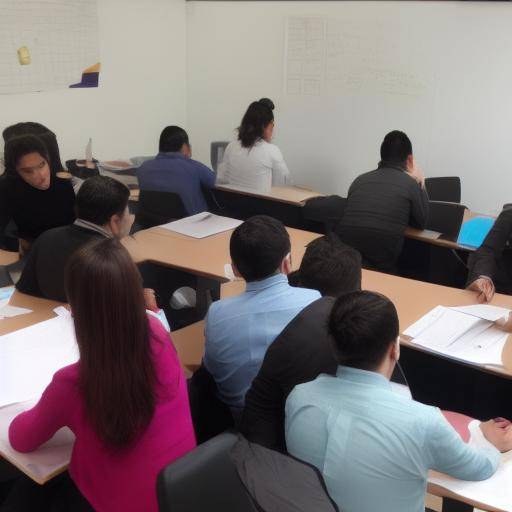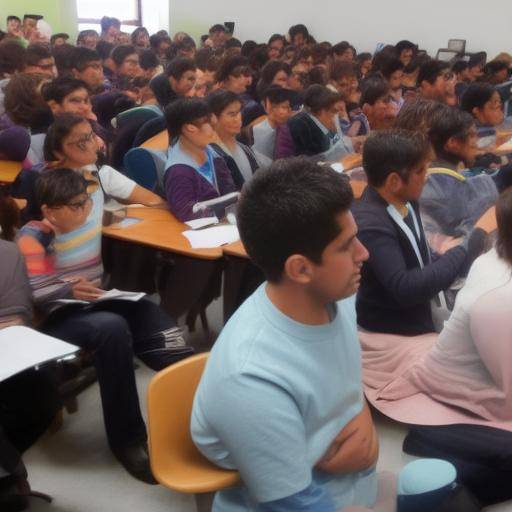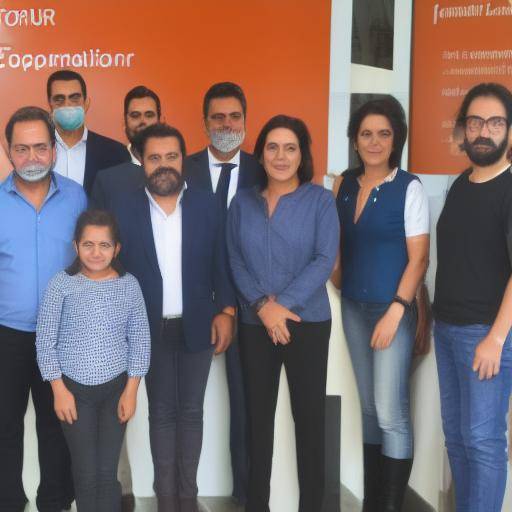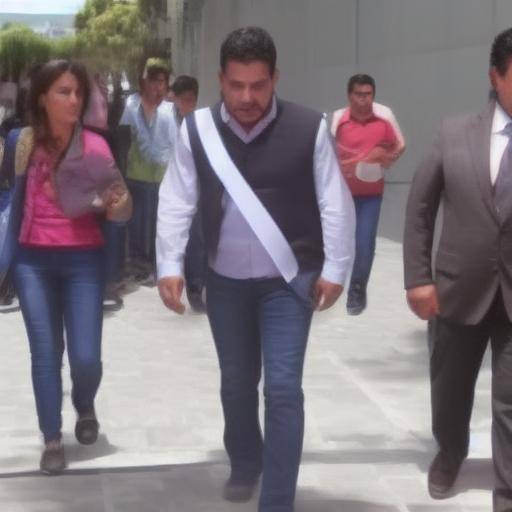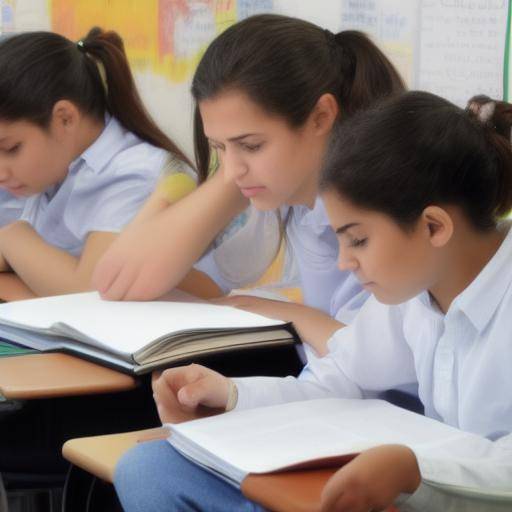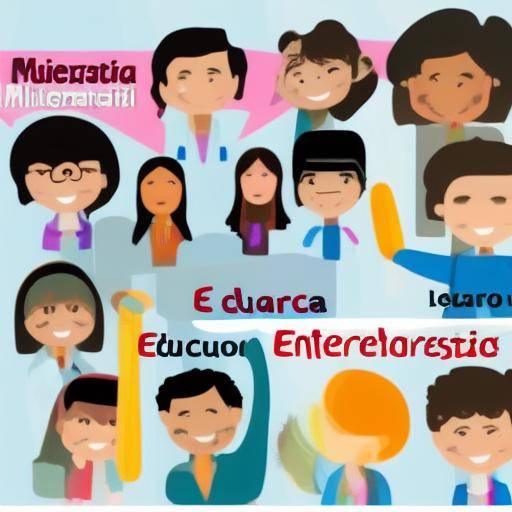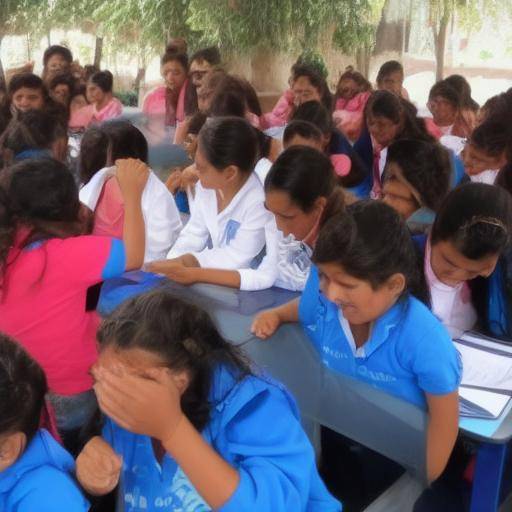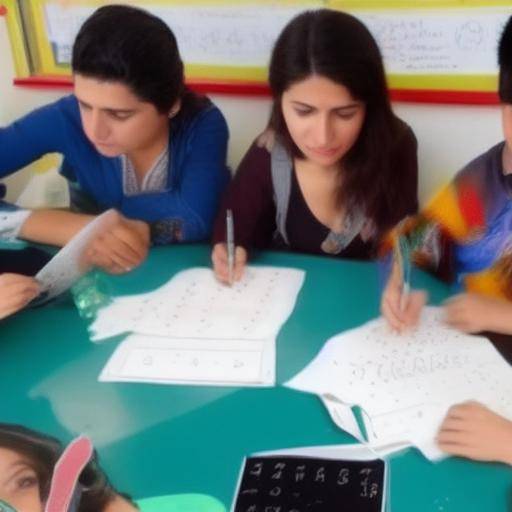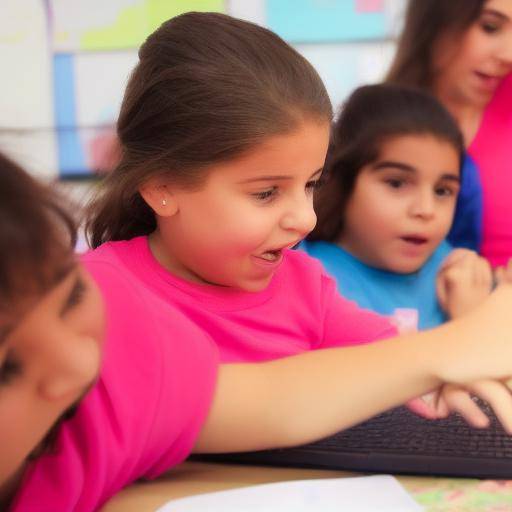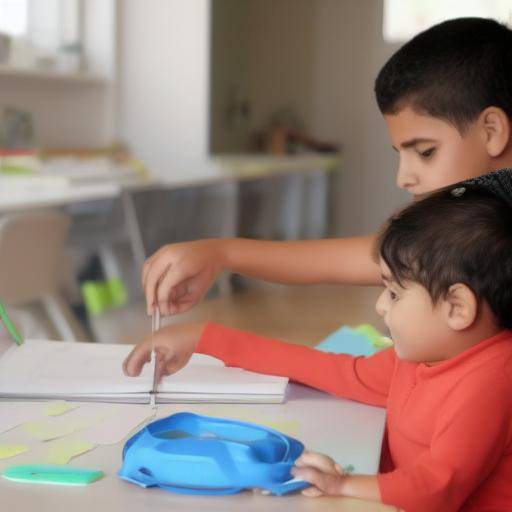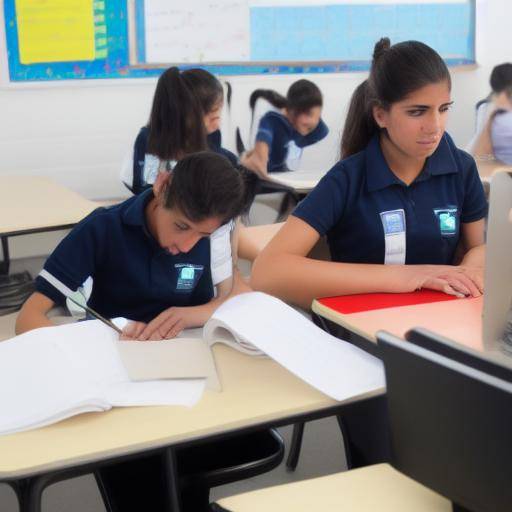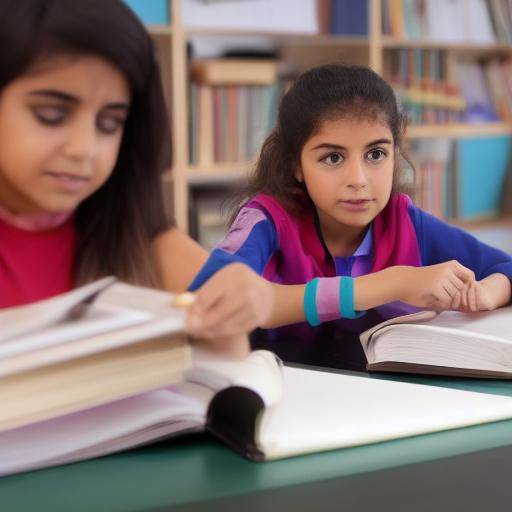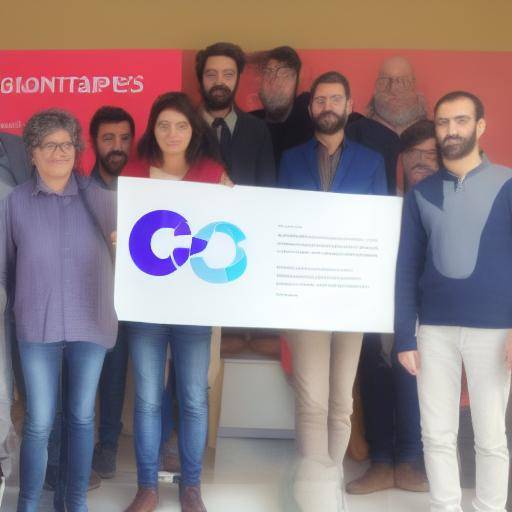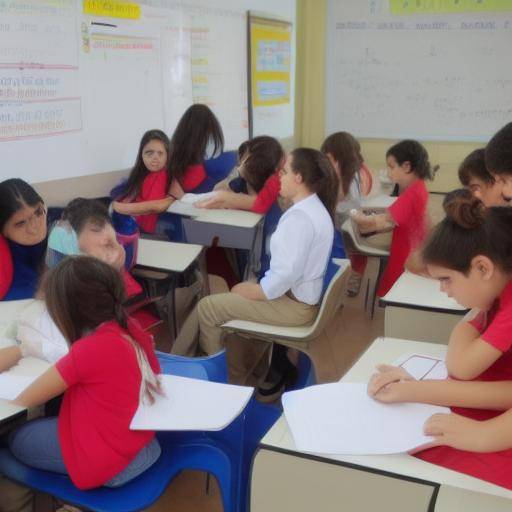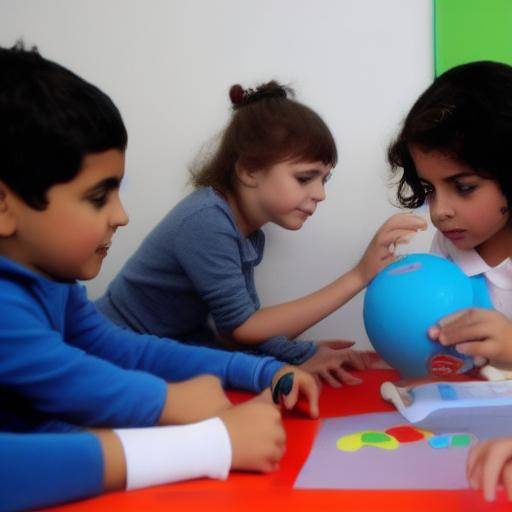
Problem solving is a crucial skill that children must develop from an early age. Child education is the ideal time to instill in children the skills necessary to confront and resolve challenges. In this article, we will explore effective strategies for the teaching of problem solving in childhood education, which will enable educators and parents to equip children with the tools necessary to overcome obstacles in their future lives.
Introduction
Troubleshooting is a complex cognitive ability that involves identifying a challenge, devising solutions and carrying out the chosen plan. In the context of child education, this ability goes beyond solving puzzles; it represents the ability to face difficulties, make informed decisions and develop self-confidence. The teaching of effective strategies to address problems at the initial stage of education is essential for the comprehensive development of children.
History and Background
The importance of problem solving in childhood education can be traced to various pedagogical currents throughout history. From Piaget's theories to the most contemporary, the value of fostering critical thinking and solving problems from an early age is recognized. The evolution of these approaches has led to the identification of various strategies and methodologies to promote this skill.
Key developments
The inclusion of problem solving as a fundamental competition in educational curricula has been a significant milestone in promoting their importance. The integration of interdisciplinary approaches has allowed the development of more holistic strategies, considering emotional, social and cognitive aspects in the teaching of this skill.
Detailed Analysis
In addressing problems in child education, it is essential to understand the intrinsic benefits of this skill. The ability to face challenges strengthens self-esteem, fosters critical thinking and promotes autonomy. However, it also faces challenges, such as identifying the most appropriate pedagogical strategies for each educational context.
Effective strategies
There are many effective strategies for the teaching of problem solving in child education. These strategies range from game-based approaches to structured problem solving methods. Below are some of the most widely recognized and used strategies in educational settings.
Project-based learning
The project-based learning approach involves problem solving through participation in practical and meaningful activities. Children develop research, collaboration and problem solving skills by addressing projects that address real challenges, enabling them to apply knowledge in a contextualized manner.
Rol Games and Simulations
Role games and simulations offer opportunities for children to face fictional dilemmas and explore alternative solutions. By assuming specific roles, children develop empathy, collaboration and problem solving skills by facing diverse scenarios that require informed decisions.
Cooperative Learning
Cooperative learning encourages problem solving through peer interaction. Children work together to address academic and social challenges, sharing ideas, identifying strategies and celebrating collective achievements. This approach promotes social and problem solving skills while strengthening the sense of community in the classroom.
HEART Approach (Adequate Skills, Strategies and Techniques)
The HEART approach focuses on teaching specific skills for problem solving, such as identifying the problem, generating alternatives, evaluating solutions and making informed decisions. This methodology provides children with a clear framework for addressing challenges, enabling them to develop a methodical and reflective approach to problem solving.
Use of Multisensory Resources
The integration of multisensory resources, such as manipulative materials, images and interactive technology, in the teaching of problem solving, offers enriched learning experiences. These resources stimulate different senses and styles of learning, enabling children to address problems from diversified perspectives, promoting creativity and building innovative solutions.
Visible Thought Strategies
Visible thinking strategies involve promoting active and reflective thinking by presenting cognitive challenges and encouraging children to express their reasoning. By sharing their thinking processes, children develop metacognitive skills and become aware of the strategies used to deal with problems, enabling them to address challenges more effectively.
Integrated Approaches
The integration of multiple strategies offers an enriched approach to the teaching of problem solving in child education. By combining different methodologies, educators can adapt teaching to children's learning needs and styles, thus fostering a comprehensive development of problem solving skills.
Educational Table Games
Educational table games, designed specifically to promote problem solving, offer opportunities for children to explore mathematical, logical and strategic challenges in a playful way. By participating in these games, children develop critical thinking skills, decision-making and problem solving in a context of fun and collaboration.
Flexible Learning Environments
Creating flexible and adaptable learning environments encourages problem solving by allowing children to explore, experience and work on customized projects. This strategy promotes self-management and autonomy, as children have the freedom to choose how to address challenges and seek solutions independently.
Integration of Education Technology
The integration of educational technology in the teaching of problem solving extends learning possibilities, offering interactive resources, applications and digital tools that stimulate creative and analytical thinking. Using technology as a learning facilitator allows children to explore virtual scenarios, model solutions and receive immediate feedback.
Challenges and Opportunities
Despite the importance of teaching effective strategies for solving problems in child education, educators face challenges that require innovative and adaptive approaches. The diversity of educational contexts, the individual needs of children and the constant evolution of social and labour demands pose significant challenges that need to be addressed proactively.
Curricular adaptation
Curriculum adaptation to provide meaningful and relevant learning experiences is a key challenge in teaching problem solving in childhood education. Educators should design strategies that meet the individual needs of children, providing a balance between stimulating challenges and appropriate support to ensure the effective development of problem-solving skills.
Training evaluation
The training assessment of problem solving skills requires approaches that go beyond purely academic measurement. Educators must implement evaluation strategies that reveal the thinking process of children, allow the monitoring of the evolution of their skills and provide constructive feedback that fosters continuous development.
Integration in the Curriculum
The effective integration of problem-solving strategies into the educational curriculum poses challenges related to time, resources and teacher training. Educators should seek efficient and coherent ways of incorporating the teaching of problem solving in all areas of learning, ensuring that this skill is an integral part of the educational experience of children.
Diversity of Educational Contexts
The diversity of educational contexts, including urban, rural and multicultural environments, presents unique challenges in teaching problem-solving strategies. Educators must adapt strategies to address the different realities and needs of children, recognizing the importance of equity and inclusion by promoting problem-solving skills in diverse environments.
Conclusion
The teaching of effective strategies for solving problems in children ' s education is essential for the comprehensive development of children, preparing them to face challenges with confidence and creativity. The integration of dynamic, adaptive and interdisciplinary approaches offers opportunities to strengthen problem solving skills, thus promoting meaningful and contextualized learning.
Through the implementation of diverse strategies, educators and parents can foster critical thinking, collaboration and autonomy in children by providing them with the tools necessary to successfully address present and future challenges. By prioritizing the teaching of problem solving in childhood education, the foundations are laid for the development of resilient and creative individuals, prepared to contribute significantly to society.
Frequently asked questions
Why is it important to teach problem solving in childhood education?
The teaching of problem solving in child education is crucial, as it prepares children to face challenges effectively, encourages critical thinking and promotes autonomy and creativity.
What are some effective strategies to teach problem solving to young children?
Some effective strategies include project-based learning, role games and simulations, cooperative learning, HEART approach, multisensory resource use and visible thinking strategies.
How can parents foster home troubleshooting?
Parents can foster home troubleshooting by providing opportunities for children to face challenges, encourage autonomous decision-making and support creative and reflective thinking.
How can educators evaluate children's problem solving skills?
The assessment of child problem solving skills can be carried out through observations, analysis of the thinking process, training evaluations and the review of projects and activities that require problem solving.
What is the role of problem solving in preparing for the future of children?
Problem solving plays a key role in preparing for the future of children, as it provides them with the skills necessary to adapt to changing challenges, to generate innovative solutions and to contribute significantly to society.
How can educators address individual needs by teaching problem solving in a diverse educational environment?
Educators can address individual needs by teaching problem solving in a diverse educational environment through the implementation of flexible approaches, the promotion of equity and inclusion, and the adaptation of strategies to diverse realities and contexts.
With the implementation of effective strategies for the teaching of problem solving in childhood education, they lay the foundation for the integral development of children, preparing them to face challenges with confidence, creativity and resilience.
In short, problem solving is a fundamental skill that must be cultivated from an early age, and through effective and adaptive strategies, educators and parents can provide children with the tools necessary to successfully address the challenges of life. By prioritizing the teaching of problem solving in children ' s education, children are prepared to become capable, safe and prepared individuals to deal with any obstacles that may arise.




